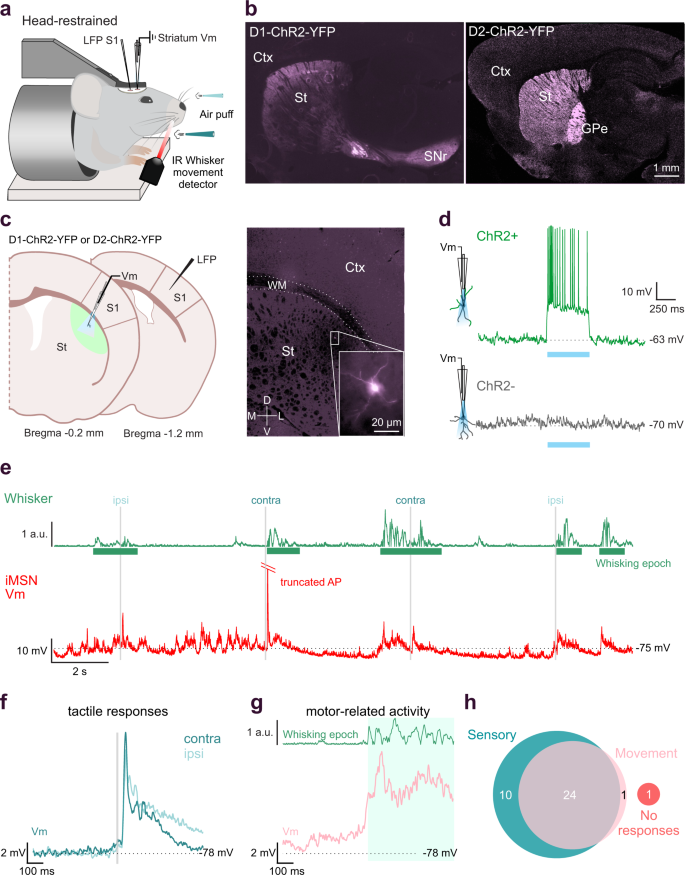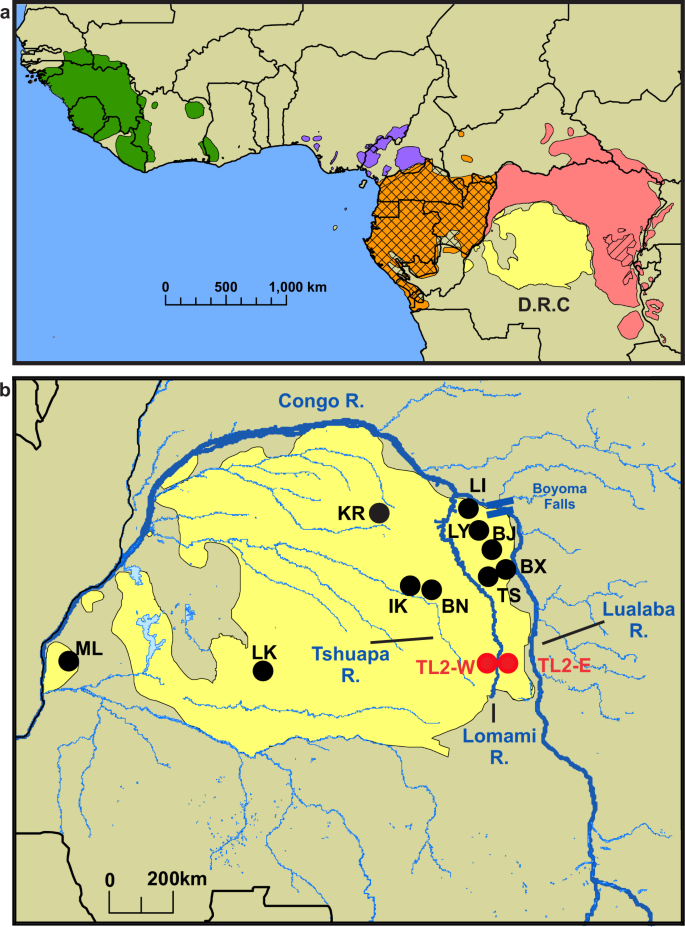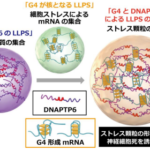2023-02-23 カロリンスカ研究所
◆最も重要な結果:運動制御と感覚統合は、私たちの神経系の基本的な機能です。脳内では、大脳基底核と呼ばれる深部核群がこのような感覚運動機能に関与している。パーキンソン病では、大脳基底核が主な障害部位となっています。
◆カロリンスカ研究所神経科学部門の教授で論文の責任著者であるGilad Silberberg氏は、「大脳基底核は感覚と運動の両方に関与しており、運動が感覚反応を形成することをここで明らかにしました」と述べています。「また、パーキンソン病マウスでは、感覚統合と運動に関連した反応の両方が変化していることも示しています」。
◆大脳基底核分野におけるこれまでの研究のほとんどが、運動障害に焦点を当てたものでしたが、ここでは、運動機能と感覚機能の相互作用にスポットを当てています。
◆脳深部の神経細胞を電気的に記録:研究者らは、「パッチクランプ電気生理」と呼ばれる特殊な電気記録法(1991年にノーベル賞を受賞)を使用した。
◆「ここでは、この方法を用いて、覚醒したマウスの脳深部ニューロンを、感覚入力を統合している間に記録した。この記録は技術的に難しいのですが、動物が感覚運動を行っているときの神経細胞へのシナプス入力に関する情報を得ることができます。健康なマウスを用い、その感覚運動特性をパーキンソン病(ドーパミン欠乏)マウスと比較しました」と、同学科の助教でこの研究の共著者であるMaya Ketzefは説明している。
<関係資料>
- https://news.ki.se/movement-reduces-sensory-responses-in-parkinsons-disease
- https://www.nature.com/articles/s41467-023-36648-0#Sec1
進行中の運動は背外側線条体の感覚統合を制御する。 Ongoing movement controls sensory integration in the dorsolateral striatum
Roberto de la Torre-Martinez,Maya Ketzef & Gilad Silberberg
Nature Communications volume 14, Article number: 1004 (2023) Cite this article

Fig. 1: Whole-cell recordings from opto-tagged MSNs in the DLS of awake behaving mice.
Abstract
The dorsolateral striatum (DLS) receives excitatory inputs from both sensory and motor cortical regions. In the neocortex, sensory responses are affected by motor activity, however, it is not known whether such sensorimotor interactions occur in the striatum and how they are shaped by dopamine. To determine the impact of motor activity on striatal sensory processing, we performed in vivo whole-cell recordings in the DLS of awake mice during the presentation of tactile stimuli. Striatal medium spiny neurons (MSNs) were activated by both whisker stimulation and spontaneous whisking, however, their responses to whisker deflection during ongoing whisking were attenuated. Dopamine depletion reduced the representation of whisking in direct-pathway MSNs, but not in those of the indirect-pathway. Furthermore, dopamine depletion impaired the discrimination between ipsilateral and contralateral sensory stimulation in both direct and indirect pathway MSNs. Our results show that whisking affects sensory responses in DLS and that striatal representation of both processes is dopamine- and cell type-dependent.



